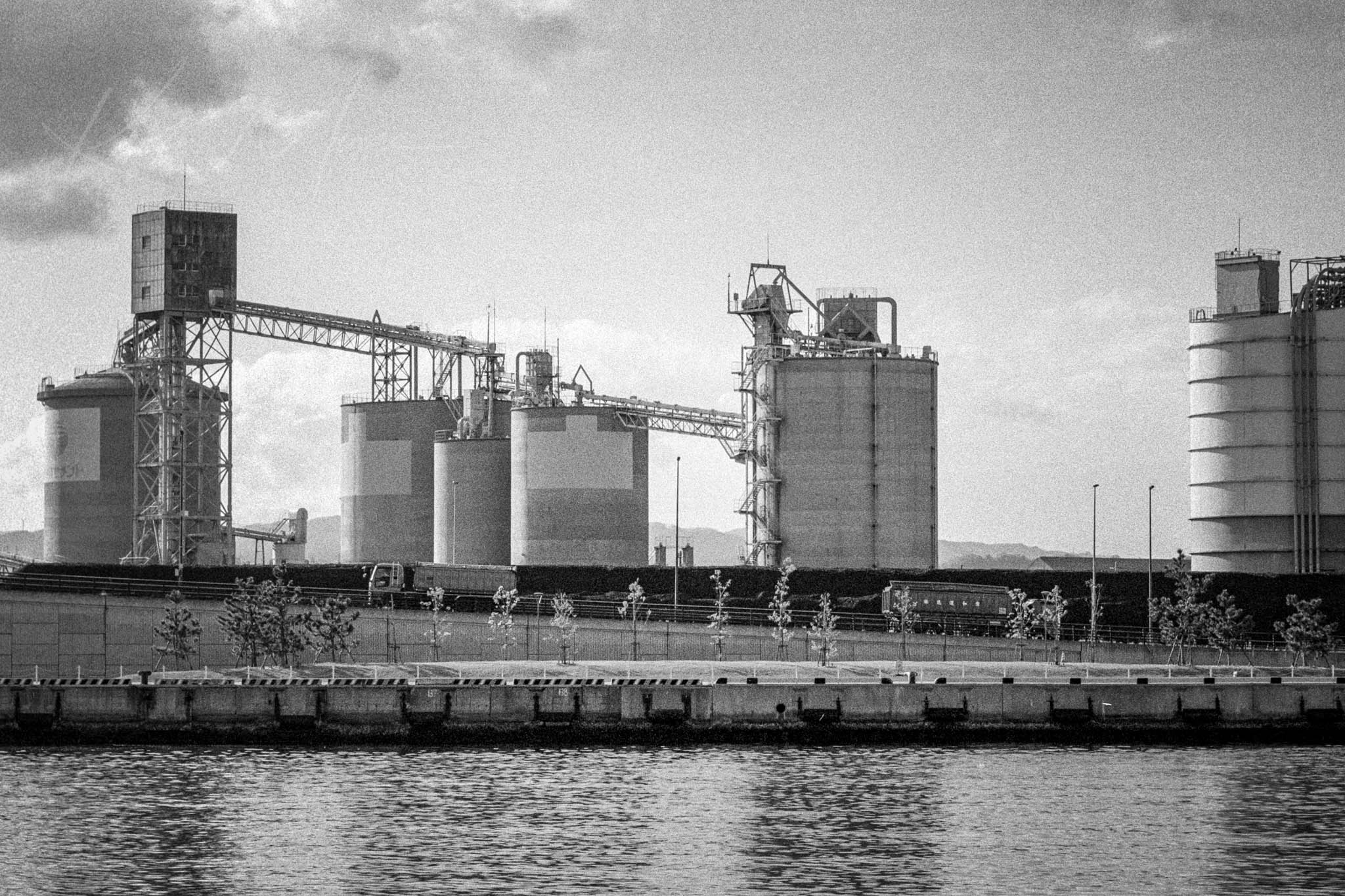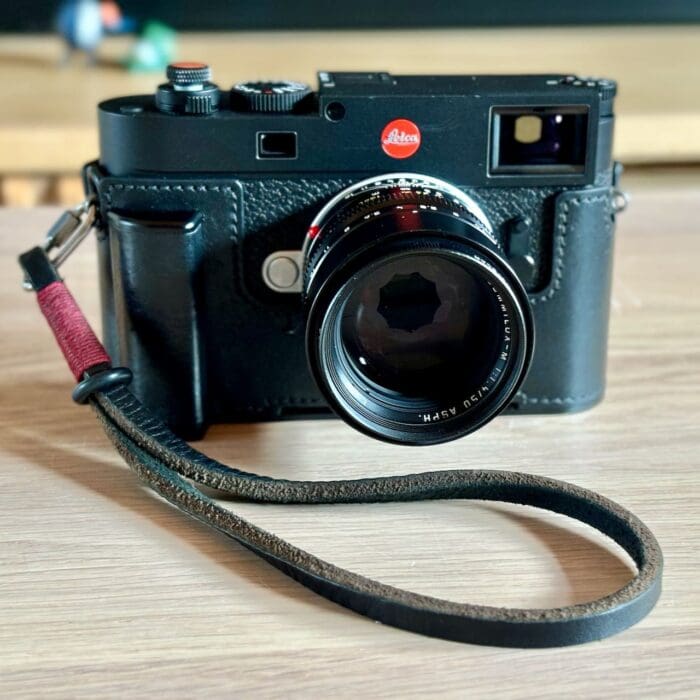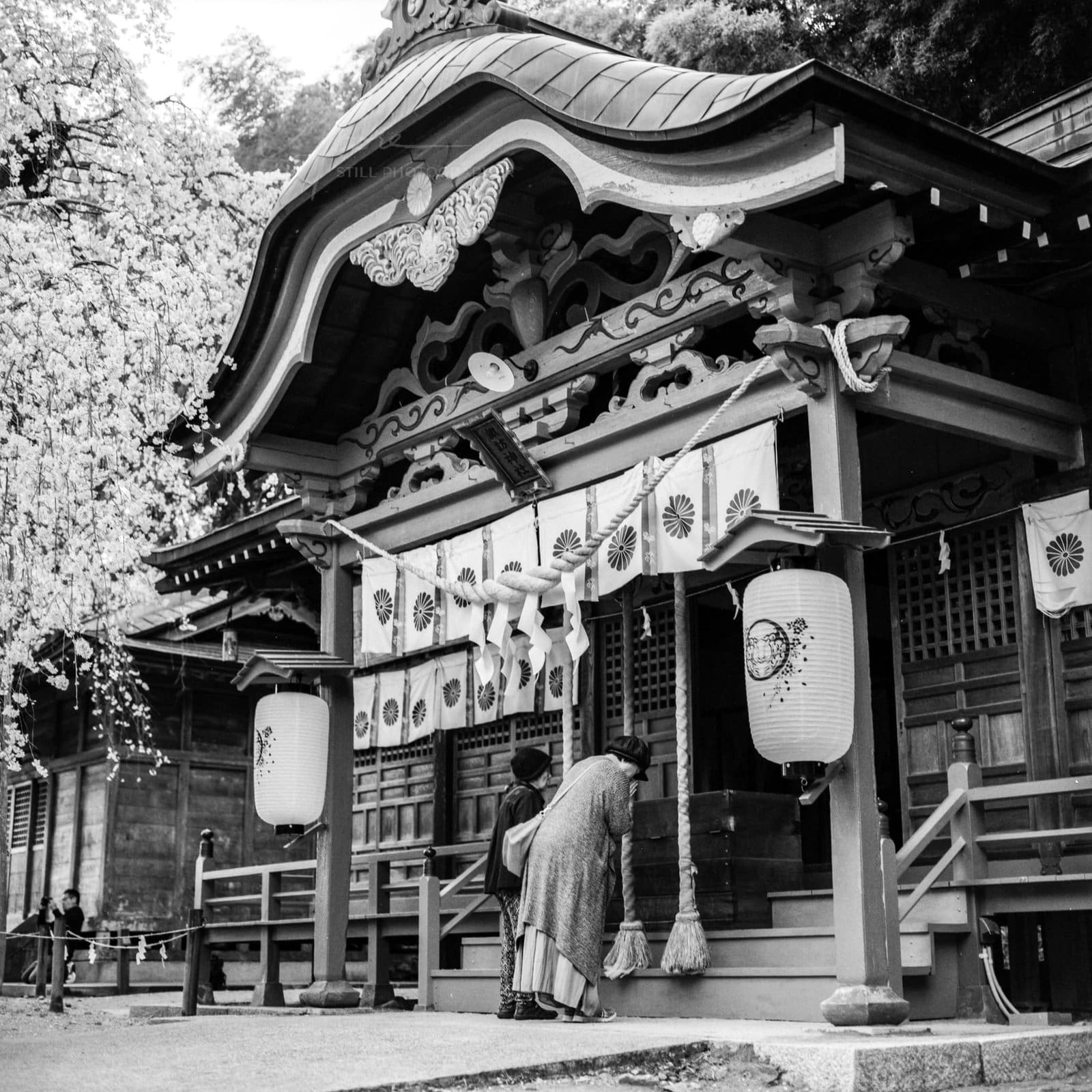In the age of Instagram and high-tech digital cameras, it’s easy to forget about the humble beginnings of photography. Indeed, today’s fast-paced, digitally-infused world has given us unprecedented access to images and the tools to create them. Yet, despite this digital revolution, there’s a resurgence of love for good old film photography. Let’s take a nostalgic journey through the warm charm of film, compare it with the sleek convenience of digital shots, and see why both methods have their unique allure that captivates photographers around the globe.
The Timeless Allure of Film Photography
To some, shooting on film might be seen as a step back, an intentional resistance against the march of technology. In reality, it’s more about embracing a different kind of beauty. Film photography offers a certain charm that digital methods struggle to replicate. Each shot is a labor of love, requiring careful thought and precision – from choosing the right settings to waiting for that perfect moment to press the shutter. Film photography involves a manual process that requires careful consideration before each shot. This approach lacks the automatic features found in digital cameras, necessitating a deeper understanding of photographic techniques such as the “Sunny 16” rule, backlighting, Ansel Adams’ Zone System, and the practices of pushing and pulling film. Mastering these methods not only enhances skills in film photography but also improves overall photographic ability when switching back to digital cameras. There’s no instant preview, no chance for a quick reshoot. Yet, it’s exactly this limitation that makes film photography so alluring: it’s about embracing the art of patience and the thrill of unpredictability.
Moreover, film has an aesthetic quality unique to its medium. The grainy, faded tones and the subtle nuances of light and shadow give film shots a timeless, almost ethereal quality. These are not just photos, they are tactile mementos, physical embodiments of a fleeting moment captured in time. When you hold a developed film strip, it’s as if you’re holding a piece of history in your hands, a tangible connection to the past.
Embracing the Sleek Convenience of Digital Shots
Yet, while film might be a nostalgic nod to the past, digital photography is a dynamic testament to the present. Advancements in the digital realm have made taking and editing photos faster, easier, and much more accessible. The convenience of digital shots cannot be overstated: you can take hundreds, even thousands of photos without worrying about film or development costs. Plus, the instant preview feature allows photographers to instantly review and adjust their shots, an invaluable tool for learning and improving.
The digital process also opens up a world of creative possibilities. Digital manipulation software like Photoshop and Lightroom allows photographers to explore their creativity and take their images to new heights. With digital, photographers have full control over how their final image looks, from minor exposure adjustments to dramatic color grading. The possibilities are nearly endless.
The charm of film and the convenience of digital are two sides of the same coin: they represent different approaches to the same passion for capturing moments and telling stories through images. Film photographs, with their vintage charm and tangible nature, are living relics of the past. Digital shots, on the other hand, symbolize the present and future of photography, offering a wide range of possibilities and unprecedented accessibility. So whether you’re a die-hard film fan, a dedicated digital shooter, or a hybrid photographer, remember: the essence of photography lies not in the medium, but in the vision and emotion behind each shot.
Discover more from Japan Based Photographer
Subscribe to get the latest posts sent to your email.



